In a major military development, Pakistan has officially announced the formation of a new “Army Rocket Force Command”, designed to enhance its conventional warfare capabilities and precision strike potential, particularly in response to recent border tensions with India.
A Game-Changing Strategic Move
Prime Minister Shehbaz Sharif, during his Independence Day speech on August 14, declared the establishment of this new force. He stated that the Army Rocket Force will be equipped with state-of-the-art technology, and aims to serve as a milestone in strengthening Pakistan’s warfighting capabilities.

Following the announcement, a statement from the Prime Minister’s Office emphasized that this new command would play a crucial role in modernizing the military’s conventional deterrence structure, especially in scenarios where rapid response is essential.
Bridging the Gap Between Artillery and Strategic Weapons
According to Dr. Rabia Akhtar, a noted expert in nuclear policy, this development bridges the long-standing gap between conventional artillery systems and strategic nuclear missile forces. She explained that previously, the deployment and launching of different missile systems required separate authorizations. However, the newly formed Rocket Force will have autonomous decision-making authority for deploying short, medium, and long-range missiles, including cruise and ballistic systems.
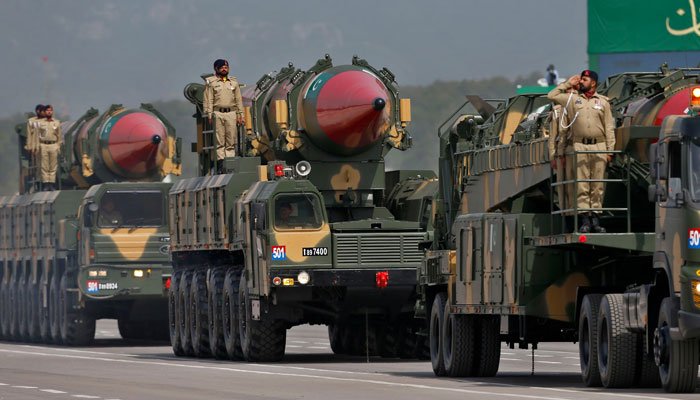
This move brings Pakistan’s operational capabilities in line with countries like China, Iran, India, North Korea, and Russia, which already maintain similar rocket force commands.
Introduction of the Fatah-IV Cruise Missile
Coinciding with this announcement, Pakistan also unveiled its Fatah-IV cruise missile, the centerpiece of the new command. The missile boasts impressive specifications:
- Range: 750 kilometers
- Length: 7.5 meters
- Weight: 1,530 kg
- Speed: Mach 0.7
- Accuracy (CEP): Within 5 meters
- Flight Altitude: As low as 50 meters
- Warhead Capacity: Up to 330 kg
Unlike its predecessors, the Fatah-IV is a land-attack cruise missile, enabling deep-strike capabilities without nuclear payloads. This marks a significant shift in Pakistan’s focus towards precision conventional warfare.
Why the Rocket Force Command Was Necessary
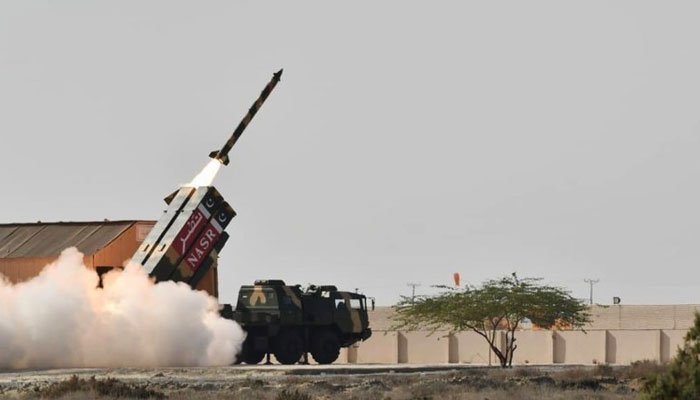
Historically, Pakistan’s precision strike capability was largely confined to the Air Force. With the creation of the Army Rocket Force Command, the Pakistan Army now gains the ability to independently target critical Indian military installations, airbases, and strategic assets, even in deep Indian territory.
Moreover, the new command provides a parallel structure to the Army Strategic Forces Command, which is responsible for nuclear weapons under the Strategic Plans Division (SPD). However, the Rocket Force Command will focus solely on conventional missiles, ensuring a clear distinction between conventional and nuclear roles.
Organizational Structure & Strategic Value
As per defense analysts, the Rocket Force Command is expected to function as a corps-level formation, likely led by a Lieutenant General reporting directly to the Chief of Army Staff. It will follow a centralized command-and-control model, inspired by China’s PLA Rocket Force (PLARF).
This structure promises faster decision-making, streamlined logistics, and enhanced readiness for modern warfare scenarios. With dedicated training units, logistics hubs, and strategic planning cells, the Rocket Force will be a key pillar in Pakistan’s conventional deterrence doctrine.
Conclusion: A Bold Step Towards Strategic Modernization
Pakistan’s creation of the Army Rocket Force Command signifies a bold step towards military modernization, strengthening its ability to respond swiftly and effectively to regional threats. The inclusion of long-range, non-nuclear missiles like the Fatah-IV showcases a shift towards precision conventional warfare, reducing dependency on nuclear deterrence.
As regional dynamics evolve, this new command will not only boost Pakistan’s conventional military strength but also reshape strategic calculations across South Asia.
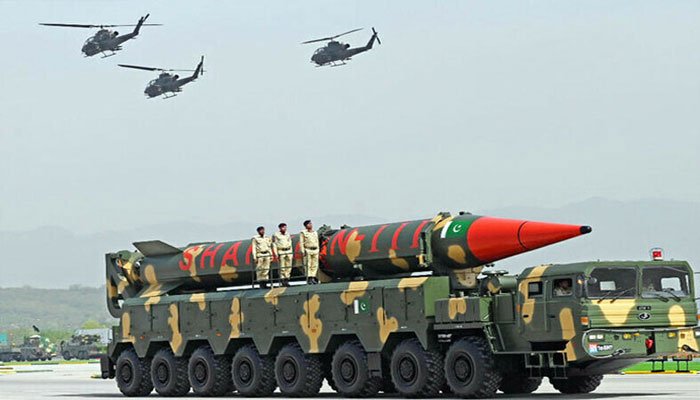

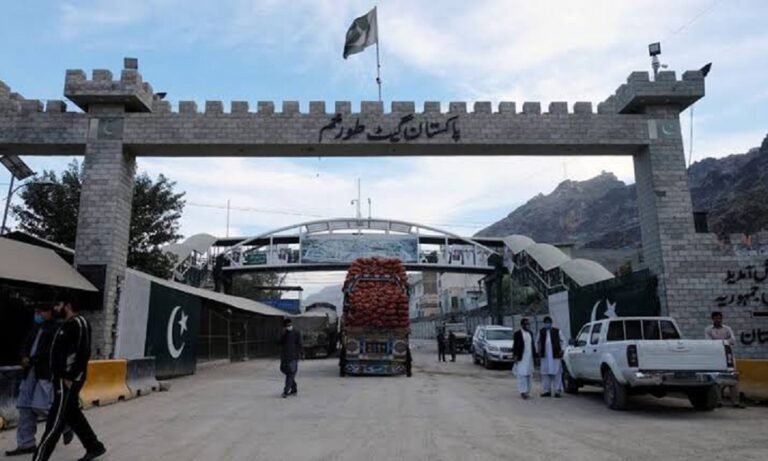
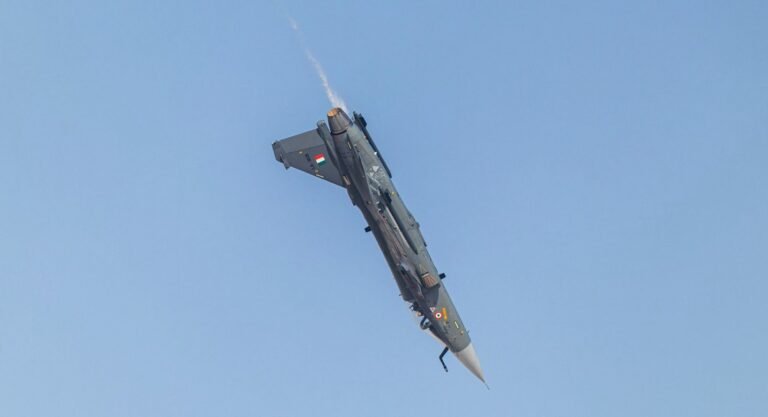





في عالم الضيافة العربية، لا شيء يضاهي روعة أفضل متجر تمور في السعودية، تمر النخبة الفاخر، تمر معتق فاخر، لومي حساوي طبيعي، تمور سعودية معبأة بعناية، تمر رزيز فاخر، تمر شيشي فاخر، رز حساوي فاخر، خليط مُخصص لصناعة كيكة التمر، الحسا. تُعد هذه المنتجات رمزاً للجودة والفخامة، حيث يتم اختيار أجود أنواع التمور والمنتجات الحساوية بعناية فائقة. من المعروف أن التمور ليست مجرد طعام، بل هي إرث ثقافي يعكس كرم الضيافة العربية وأصالة المذاق الفريد. كما أن الطلب المتزايد على هذه المنتجات جعلها خياراً مثالياً للمناسبات الخاصة والاحتفالات، لتكون دائماً حاضرة على الموائد. إن خليط عصيدة حساوية يعكس تميز الإنتاج المحلي وجودته.